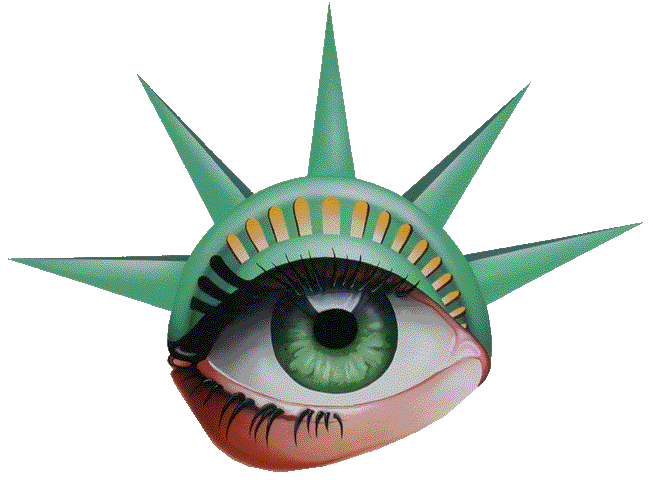Nearsightedness, also known as myopia, is a common vision condition that affects millions of people worldwide. It makes distant objects appear blurry while close objects look clear. For years, glasses and contact lenses were the primary options for managing myopia. However, advancements in medical technology have brought LASIK surgery to the forefront as a popular and effective solution. This blog post delves into the specifics of LASIK surgery, its effectiveness in correcting nearsightedness, and what patients can expect from the procedure.
Understanding Nearsightedness
Nearsightedness occurs when the eye’s shape causes light rays to bend (refract) incorrectly, focusing images in front of the retina instead of on it. This condition can stem from a cornea that’s too curved or an eyeball that’s too long. Symptoms include blurry vision when looking at distant objects, squinting, and eyestrain.
How LASIK Works
LASIK (Laser-Assisted In Situ Keratomileusis) is a type of refractive eye surgery designed to correct vision problems like nearsightedness, farsightedness, and astigmatism. The procedure involves using a laser to reshape the cornea, the clear front part of the eye, so that light entering the eye is properly focused onto the retina, which sends clear, sharp images to the brain.
The Procedure
- Preparation: Eye drops are used to numb the eye, and a lid speculum is placed to keep the eyelids open.
- Flap Creation: A precise, thin hinged flap is made in the cornea using a femtosecond laser.
- Reshaping the Cornea: An excimer laser is used to reshape the underlying corneal tissue, correcting the refractive error.
- Flap Repositioning: The corneal flap is repositioned back in place, where it heals without the need for stitches.
Recovery and Results
Patients often notice immediate improvements in their vision, although it may take several weeks to stabilize fully. The recovery process is relatively quick, with most people resuming normal activities within a day or two.
Detailed Table: LASIK for Nearsightedness
| Feature | Description |
|---|---|
| Eligibility | Must be 18+, stable vision for at least a year, healthy corneas, and a certain degree of myopia |
| Success Rate | Over 90% of patients achieve 20/20 vision or better after LASIK |
| Procedure Time | About 10 minutes per eye, with the laser application taking only about 20-50 seconds |
| Recovery Time | Most resume normal activities within 24-48 hours; full visual stabilization varies |
| Risks and Complications | Dry eyes, temporary visual disturbances, rare chances of under/over-correction |
| Cost | Varies, often not covered by insurance as it’s considered elective |
| Long-term Outcomes | Permanent correction of myopia, though some might need reading glasses due to age-related changes |
Frequently Asked Questions
Can LASIK Correct All Degrees of Nearsightedness?
LASIK can correct most degrees of nearsightedness, but its suitability depends on the individual’s specific eye characteristics, like corneal thickness and overall eye health. Consultation with a qualified eye surgeon is crucial to determine if LASIK is the best option for you.
What Are the Risks of LASIK Surgery?
While LASIK is generally safe, it carries potential risks like any surgical procedure. These can include dry eyes, glare, halos, under-corrections, over-corrections, and in rare cases, loss of vision. Selecting an experienced surgeon can minimize these risks.
How Long Does LASIK Correction Last?
The results of LASIK surgery are considered permanent. However, age-related vision changes, such as presbyopia or cataracts, can still occur, potentially affecting vision quality over time.
Can I Undergo LASIK More Than Once?
Some patients may require a LASIK enhancement or touch-up procedure if their vision changes significantly over time or if the initial correction was not optimal. This decision should be made in consultation with your eye care professional.
Conclusion
LASIK surgery offers a promising solution for individuals with nearsightedness, aiming for a life free from glasses or contact lenses. With its high success rate and satisfaction among patients, LASIK has become a preferred method for correcting myopia. However, it’s essential to understand that while LASIK can significantly improve vision, it’s not suitable for everyone. A thorough evaluation by an experienced eye care professional is vital to determine if you’re a candidate for the procedure.
For those considering LASIK, exploring reputable sources and consulting with trusted professionals is crucial. Websites like Liberty Laser Eye Center provide valuable information on the procedure’s success rates and offer insights into the most advanced laser eye surgery technologies. Moreover, understanding the differences between astigmatism and nearsightedness can further aid in making an informed decision about undergoing LASIK.
In conclusion, if you’re struggling with nearsightedness and seeking a more permanent solution, LASIK could be the answer. With the guidance of a skilled eye surgeon and armed with comprehensive information, you can make a well-informed choice towards achieving better vision. For further details and personalized advice, don’t hesitate to contact us. Transitioning to a life with clearer vision is not just a dream; with LASIK, it’s a tangible reality for many.


